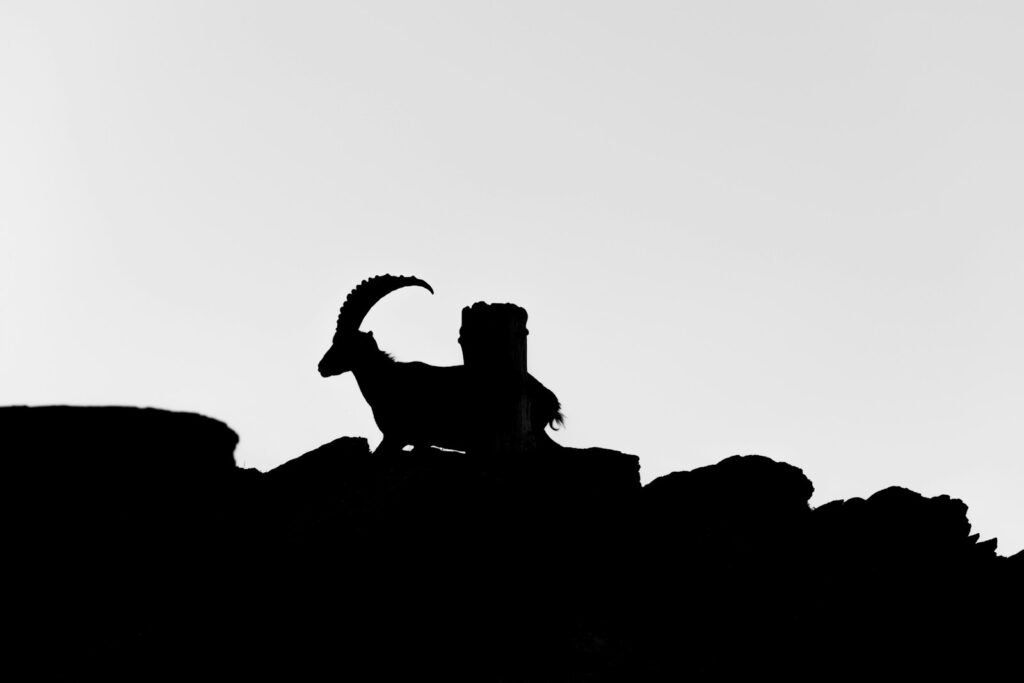Astrology meets animal behavior in a surprisingly lively debate: if Aries is the spark that moves first and asks later, which creature carries that flame best? The usual answer is the ram, stamped right onto star maps and jewelry boxes, but science has a way of complicating neat stories. Ethologists studying headbutting sheep, biologists decoding high-speed predation, and psychologists mapping risk-taking all add fresh texture to an ancient symbol. What emerges is not a simple mascot, but a layered portrait where bone, muscle, instinct, and myth all collide. That makes this feel less like folklore and more like a field report from the edge of what drives living things to take the first step.
The Hidden Clues
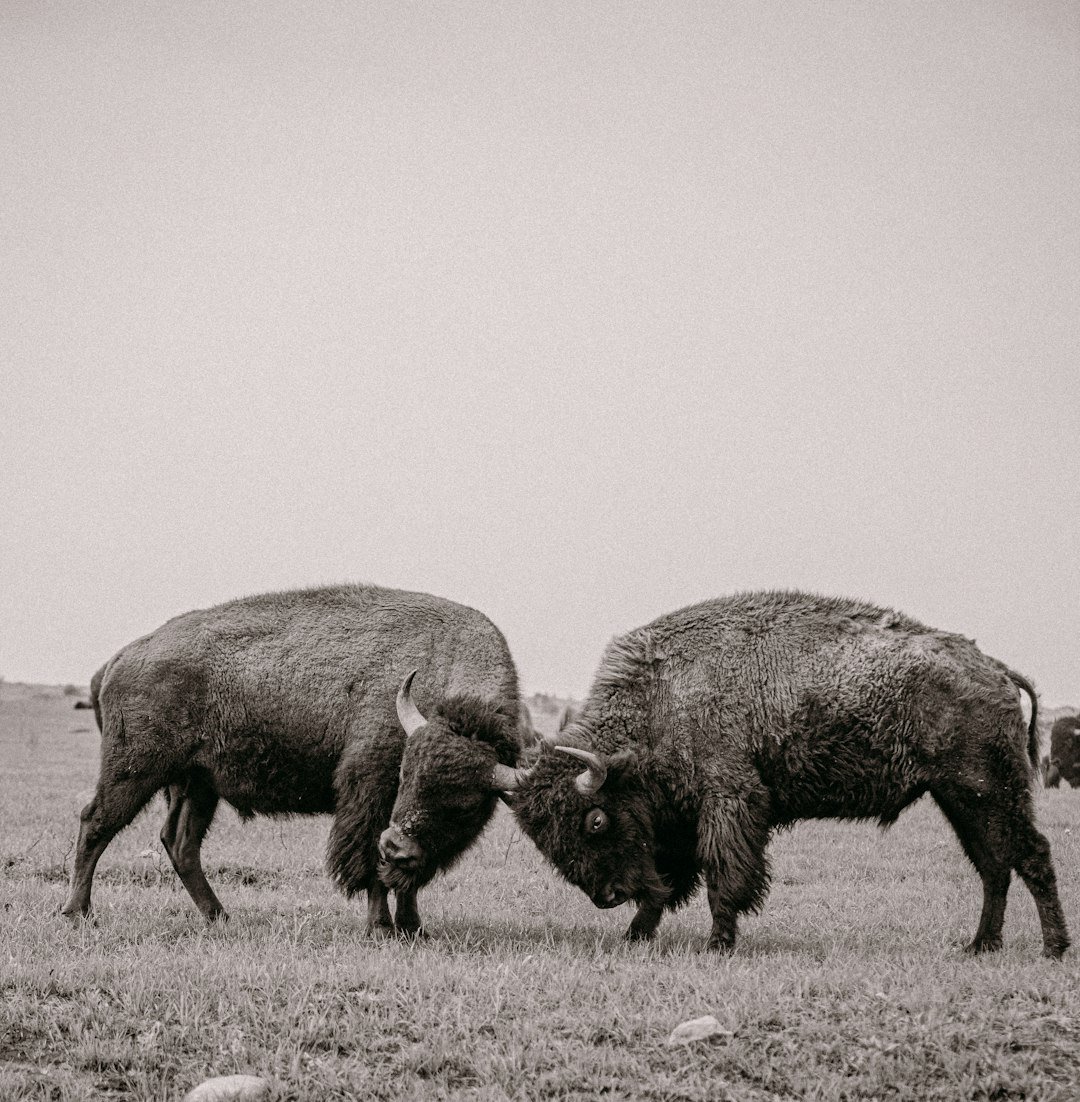
Start with the obvious clue in the sky: Aries has long been marked by the horns of a ram, a bold silhouette even to casual stargazers. It’s tempting to stop there, yet the question of a spirit animal is really a question about behavior. The Aries reputation for urgency and courage lines up with a suite of traits researchers call approach motivation – moving toward goals quickly, even when there’s risk. Out on the cliffs, rams don’t tiptoe; they commit, and their bodies are built for decisive action. This makes the ram less a horoscope icon and more a living case study in what to do when the clock hits zero.
I felt that immediacy hiking a dry ridge in Nevada as two bighorn males sized each other up, the air going oddly quiet before the crack. They didn’t posture forever; they closed the distance and resolved the question in seconds. That rhythm – observe, decide, act – mirrors the fast-cycling temperament often attributed to Aries. You could call it impatience, but it’s also efficiency when hesitation costs you a ledge or a mate. The hidden clue is that speed, not bluster, rules the moment.
From Ancient Symbols to Modern Science
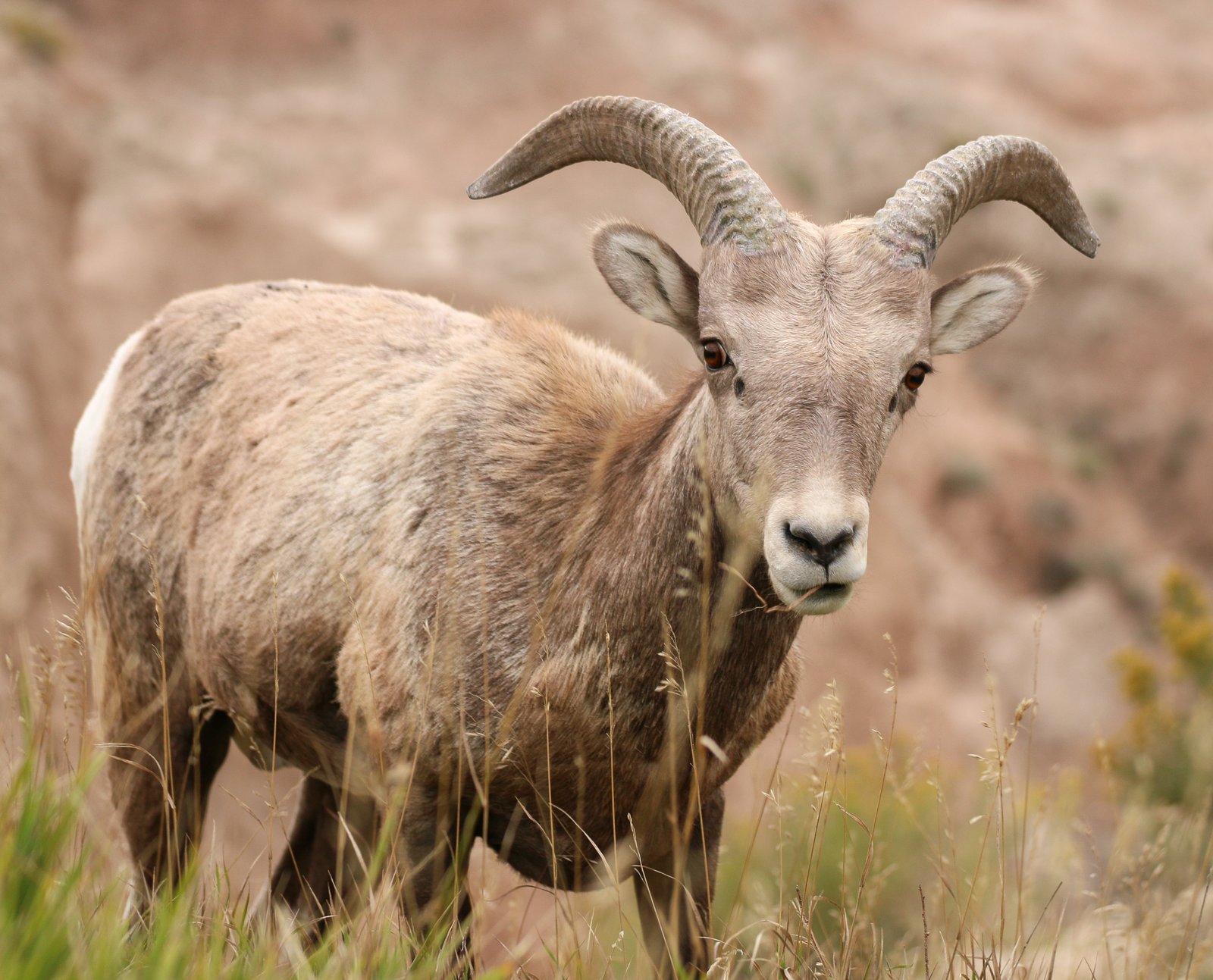
In Mesopotamian and Greek traditions, Aries was tied to spring and the first push of the agricultural year, a cultural shortcut for beginnings. Modern behavioral science gives that metaphor teeth. Studies of novelty seeking and reward sensitivity describe patterns where some individuals consistently choose action over caution when opportunities flash open. In animals, this shows up as boldness – a measurable trait affecting foraging, mating, and territory claims. The ram fits because boldness isn’t random bravado; it’s a strategy that pays off in specific, often harsh environments.
Astrology isn’t a scientific model of personality, but its animal emblems sometimes echo real evolutionary pressures. A mountain landscape punishes dithering, so selection rewards bodies and brains that commit under uncertainty. That’s the scientific backdrop to the Aries story: a world where being first can be an advantage, provided you’re equipped to absorb the consequences. The beauty is that culture and biology converge on the same image for different reasons. One speaks in myth, the other in data, and the outlines line up.
Anatomy of a Ram: Physics Behind the Myth
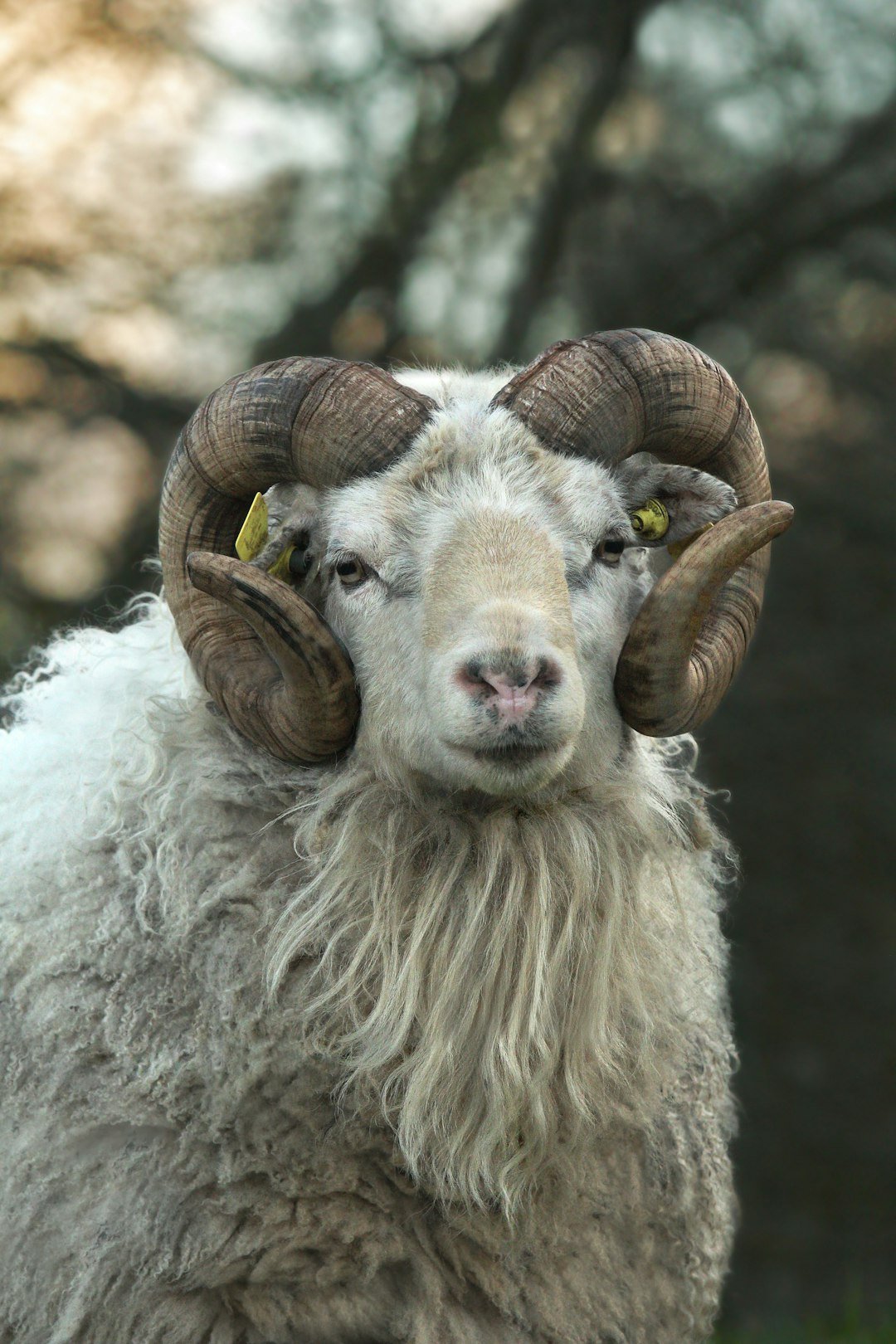
The ram’s defining act – a head-on collision – looks reckless until you run the numbers. Horn keratin, bone geometry, and sinus-filled skulls work together to distribute impact forces that would wreck most mammals. Researchers mapping horn microstructure find tough, layered materials that flex and dissipate energy rather than shatter, like nature’s composite armor. Add neck muscles tuned for rapid deceleration and a stance that lowers the center of mass, and you get a creature engineered for confident engagement. The body enables the attitude.
This biomechanics lens reframes Aries-like boldness as informed by infrastructure. If you can withstand a hit, you can afford to strike first. That principle holds across species: form shapes feasible behavior. The ram’s courage isn’t magic; it’s design meeting decision under tight time constraints. Humans romanticize it, but the physics is the real headline.
The Challenger Archetype in the Wild
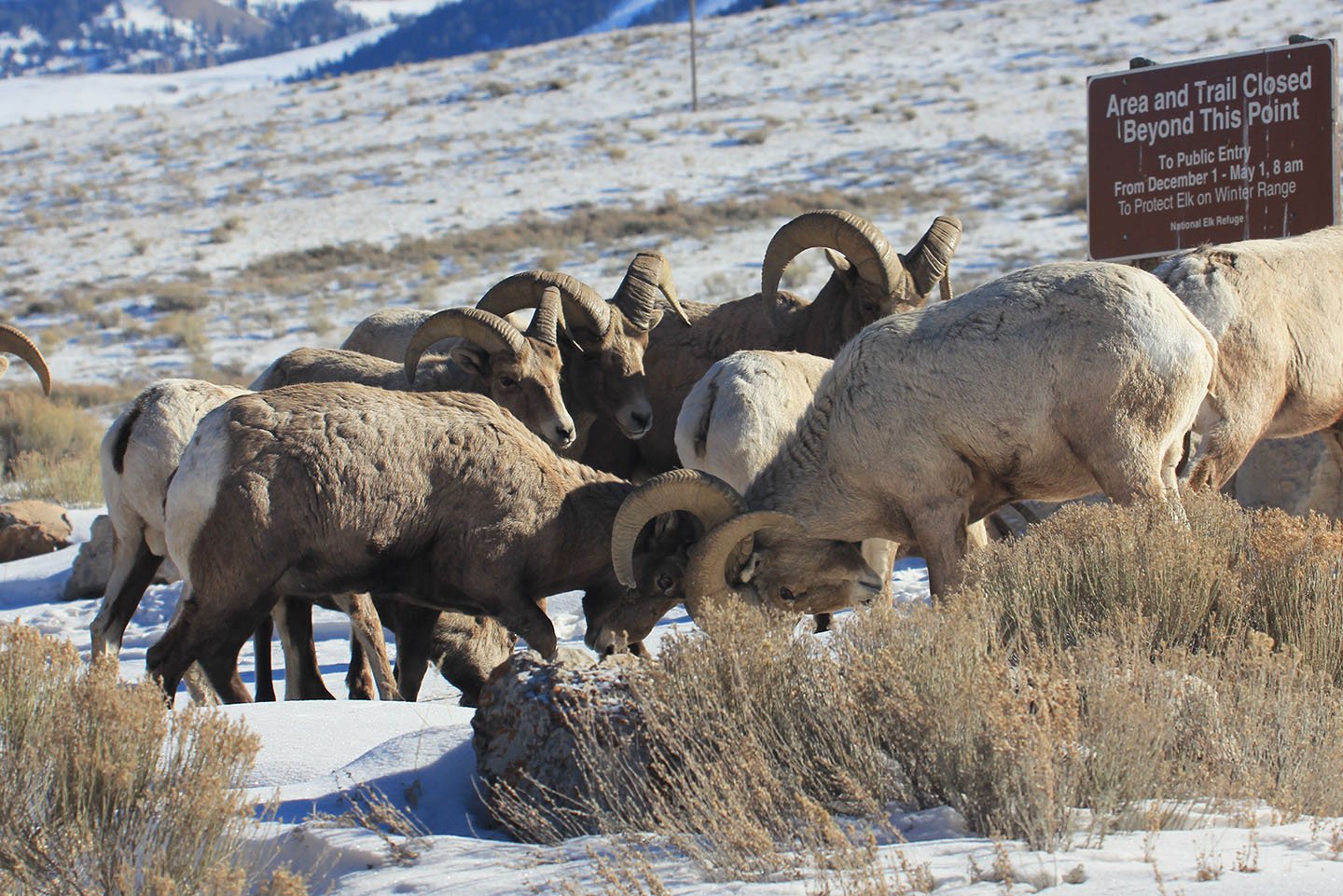
Aries is often cast as the challenger, yet challenge in nature is not endless combat. Rams resolve hierarchy through ritualized clashes that prevent prolonged injury, a fast negotiation with hard limits. Ecologists observe that dominance, once settled, reduces constant fighting and frees animals to feed, migrate, and mate. The drama is short; the payoff is long. That’s a practical model of leadership many boardrooms could envy.
There’s also a lesson in how quickly challenges end. The ram doesn’t drag out a contest for spectacle; it seeks clarity. When conditions shift – new rivals, scarce resources – the system resets, and so does the willingness to act. Aries energy, seen through this lens, is less a never-ending duel and more a readiness to puncture uncertainty. The challenger archetype is really about restoring momentum.
Beyond the Ram: Contenders from Sky and Stone
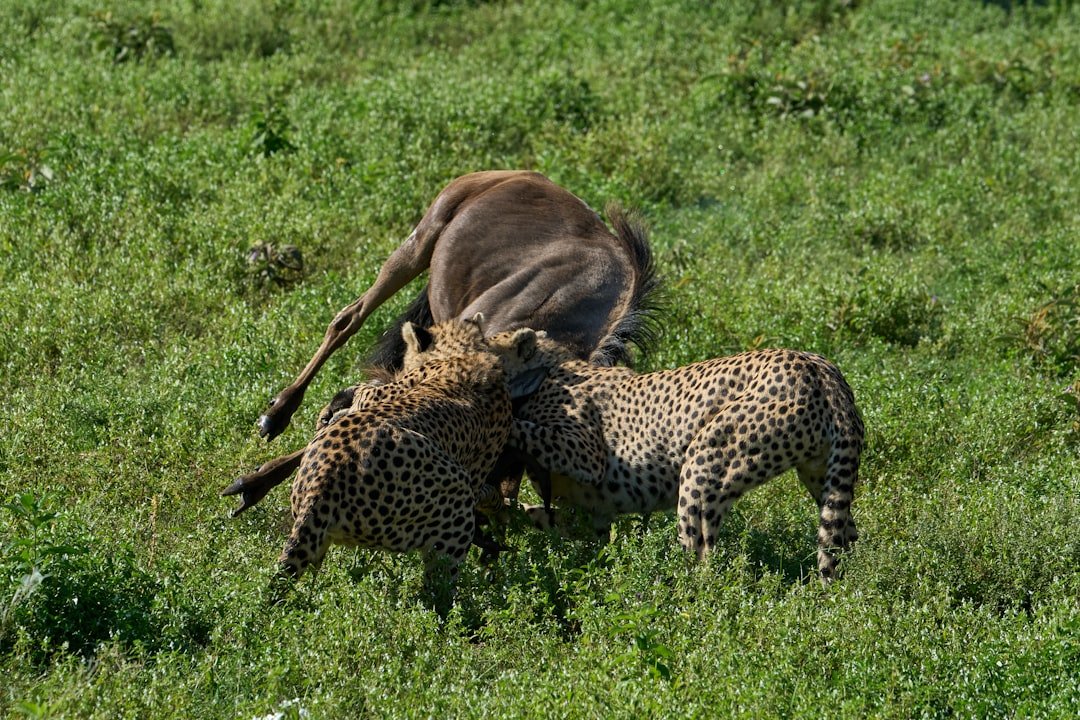
Ask field biologists which animals embody decisive action, and the shortlist broadens. The peregrine falcon commits to a dive that turns the sky into a racetrack, collapsing time between decision and outcome. Mountain goats, close cousins on the cliffs, thread razor-thin ledges with a calm that looks like bravado but is supported by split-hoof traction and astonishing balance. Even small predators like weasels demonstrate a fearless calculus when an opportunity flashes open. The common thread is high-consequence choice backed by specialized hardware.
So why does the ram still edge out the competition for Aries? Symbol and behavior meet in a single, visible moment: two rivals charge, the question gets answered, and the world moves on. Falcons are magnificent, but their arena is distant; goats are precise, but their contests are quieter. The ram’s signature act is both public and decisive, easy for humans to recognize as courage. It trains our metaphor-making instincts on something the eye can follow and the chest can feel.
Why It Matters
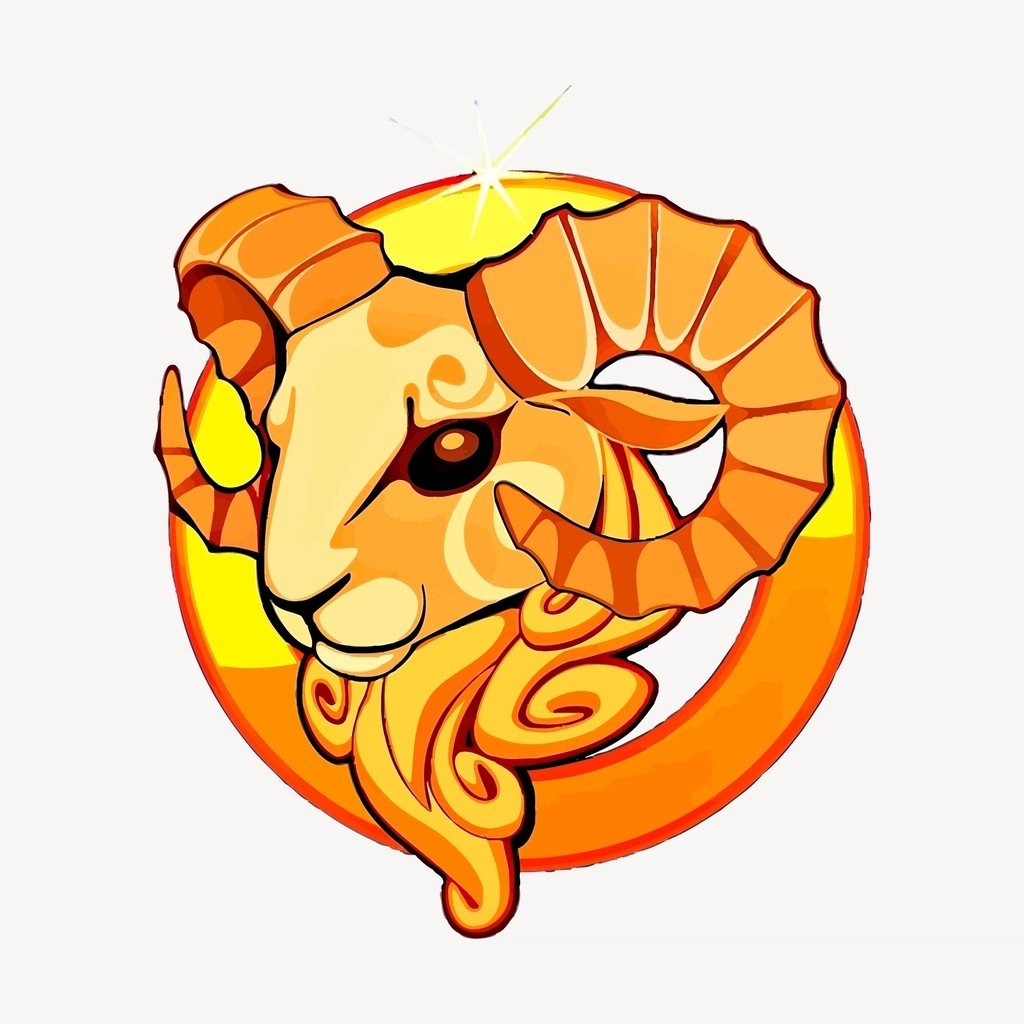
Choosing a “spirit animal” may sound like a parlor game, but it shapes how people tell stories about risk, leadership, and conflict. Compared with vague personality labels, animal archetypes anchor traits in observable behavior and ecological trade-offs. Teachers, coaches, and communicators can use them to translate abstract ideas – like approach motivation or dominance hierarchies – into scenes you can picture. The ram becomes a shorthand for rapid decision loops supported by anatomy and context. That’s more than a mascot; it’s a working model of action under pressure.
There’s also a cultural responsibility here. The phrase spirit animal carries deep meaning in specific Indigenous traditions, and using it casually can flatten that heritage. A more respectful approach is to treat these matches as metaphors and to name them as such. When we frame Aries and the ram as a metaphorical pairing, we keep the door open for science and sensitivity to share the same room. The payoff is better language for courage that doesn’t borrow what isn’t ours to take.
The Future Landscape
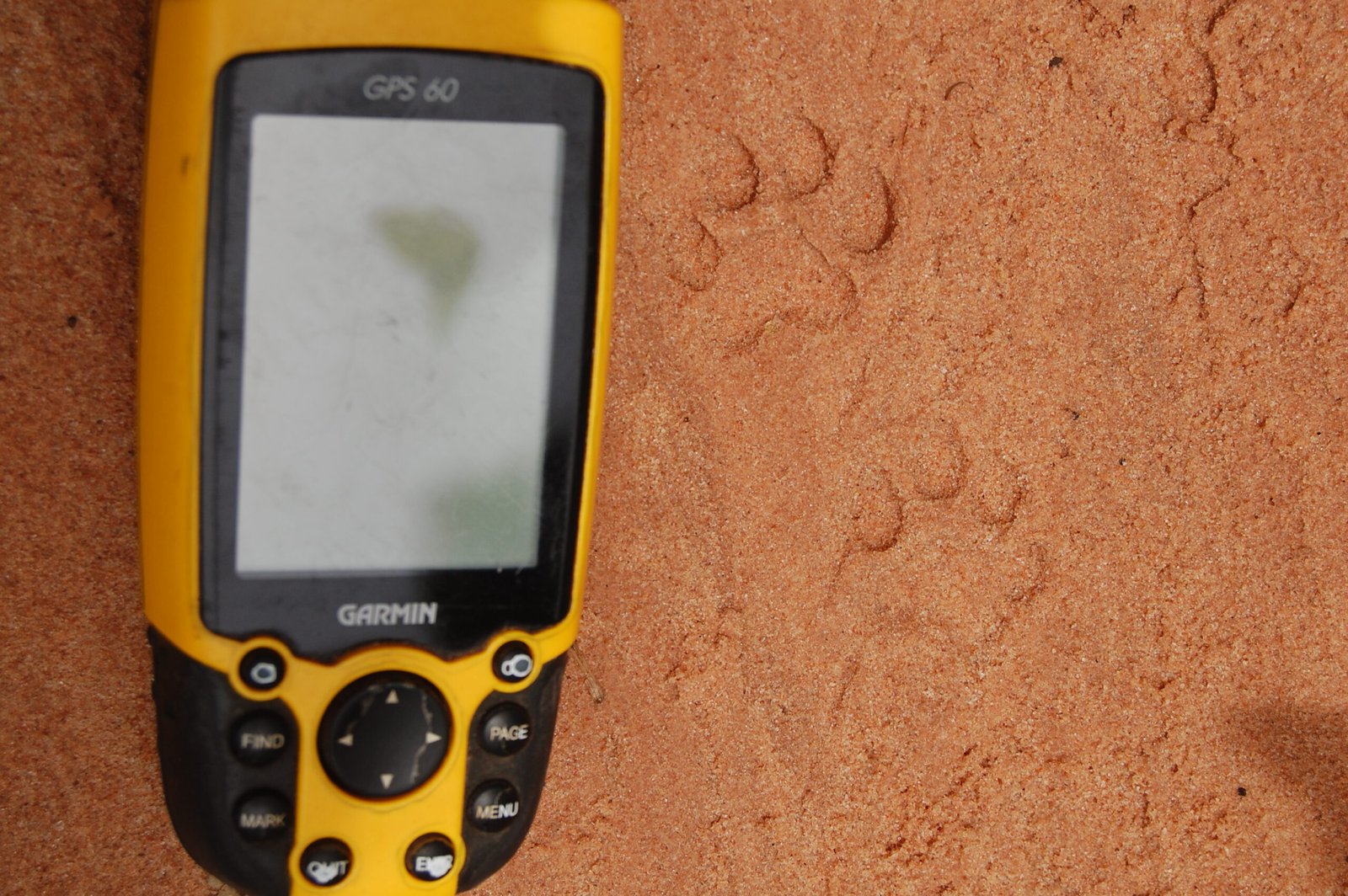
Emerging tech is about to make our animal-metaphor toolbox smarter. High-speed imaging, lightweight bio-loggers, and machine learning are yielding minute-by-minute maps of how animals decide and move. As datasets grow, we’ll see boldness quantified across individuals, seasons, and stressors like drought and heat. That will test which behaviors we’ve romanticized and which ones truly drive survival. Some cherished symbols will hold; others will be refined or replaced.
Expect spillover into human research, too. Wearables already track our own micro-decisions – how often we take stairs, how quickly we respond, how sleep debt blunts initiative. Comparing those patterns cautiously with animal decision loops could sharpen training, safety protocols, and even urban design. If boldness thrives with the right infrastructure, cities might learn from cliff faces and horn geometry. The future of these metaphors is not fortune-telling; it’s feedback.
Conclusion
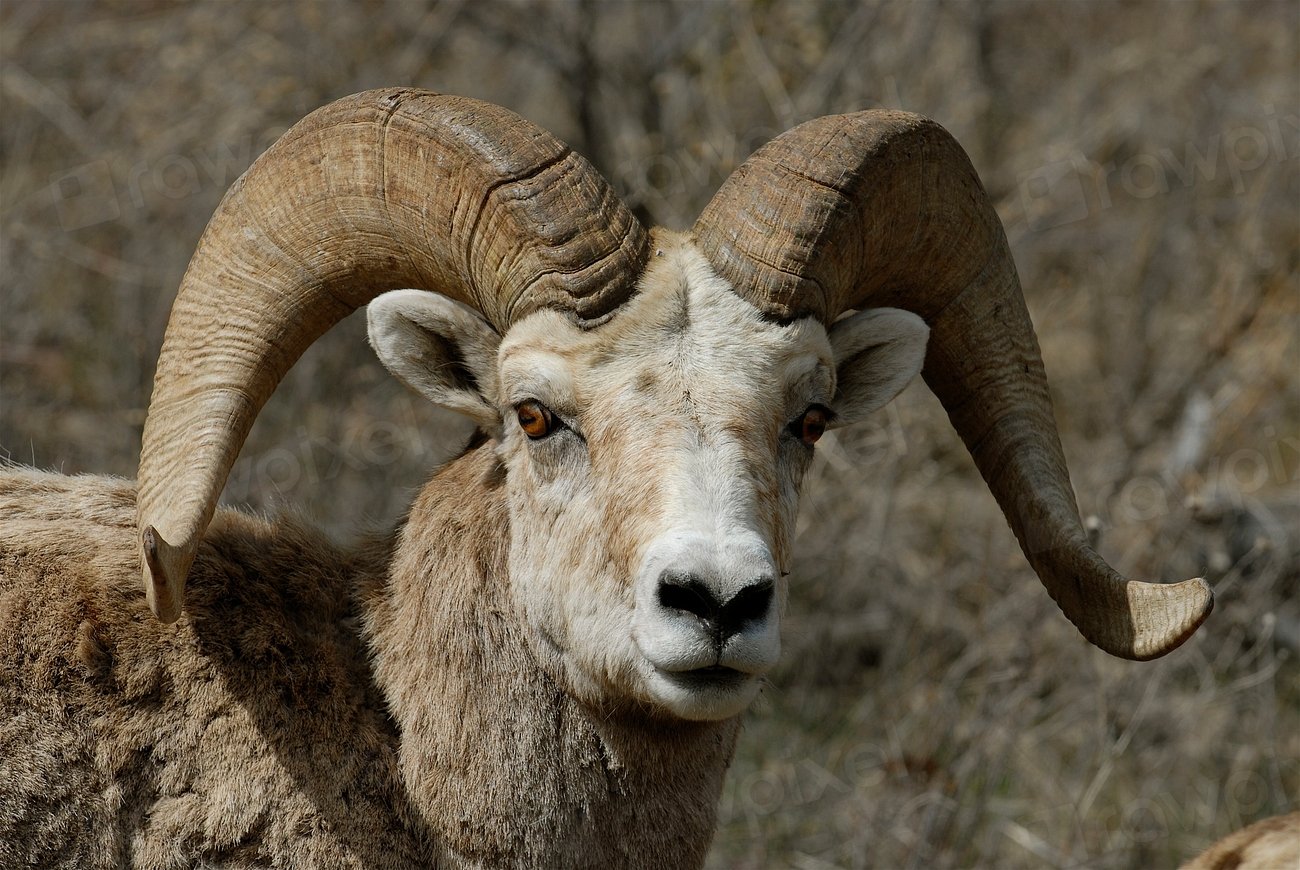
If the ram speaks to you, let it change what you do, not just what you post. Support habitat corridors that keep mountain ungulates moving, because decisive creatures need room to choose. Visit natural history museums and wildlife refuges to see the biomechanics up close and the ecosystems that make them possible. Encourage respectful language by naming animal pairings as metaphors, and acknowledge the cultural roots of spiritual terms. Most of all, practice the good version of Aries energy: learn quickly, act cleanly, and leave space for others to move.
The next time you face a cliff-edge choice, borrow the ram’s rhythm – observe, decide, commit – and then step back when the signal turns green. Momentum, not noise, is the real power here. What would you do if you trusted your footing as much as a ram trusts the rock?

Suhail Ahmed is a passionate digital professional and nature enthusiast with over 8 years of experience in content strategy, SEO, web development, and digital operations. Alongside his freelance journey, Suhail actively contributes to nature and wildlife platforms like Discover Wildlife, where he channels his curiosity for the planet into engaging, educational storytelling.
With a strong background in managing digital ecosystems — from ecommerce stores and WordPress websites to social media and automation — Suhail merges technical precision with creative insight. His content reflects a rare balance: SEO-friendly yet deeply human, data-informed yet emotionally resonant.
Driven by a love for discovery and storytelling, Suhail believes in using digital platforms to amplify causes that matter — especially those protecting Earth’s biodiversity and inspiring sustainable living. Whether he’s managing online projects or crafting wildlife content, his goal remains the same: to inform, inspire, and leave a positive digital footprint.

